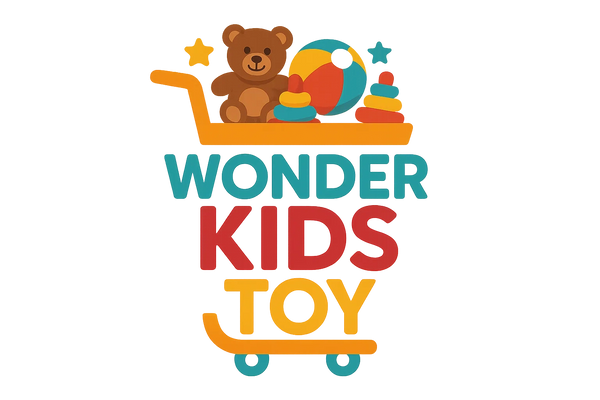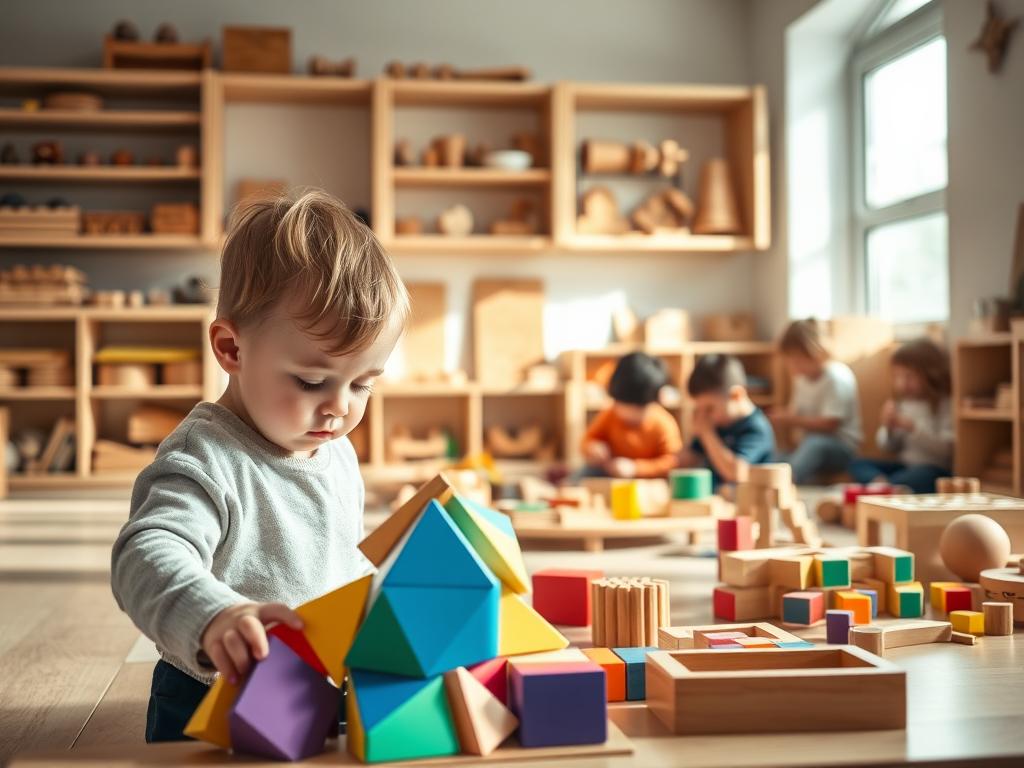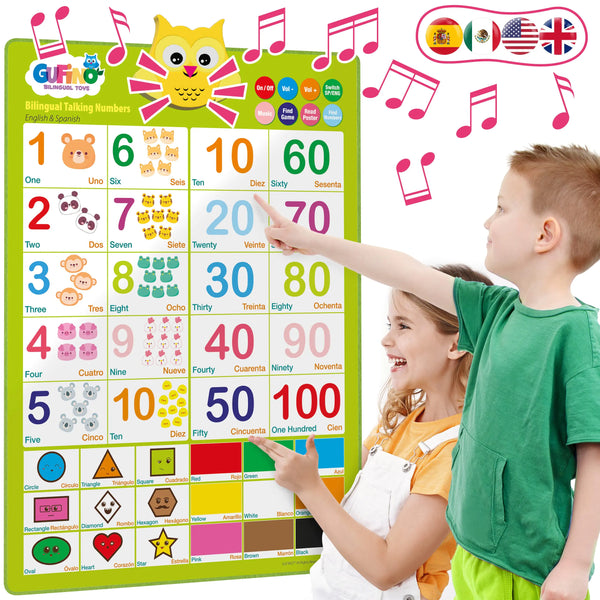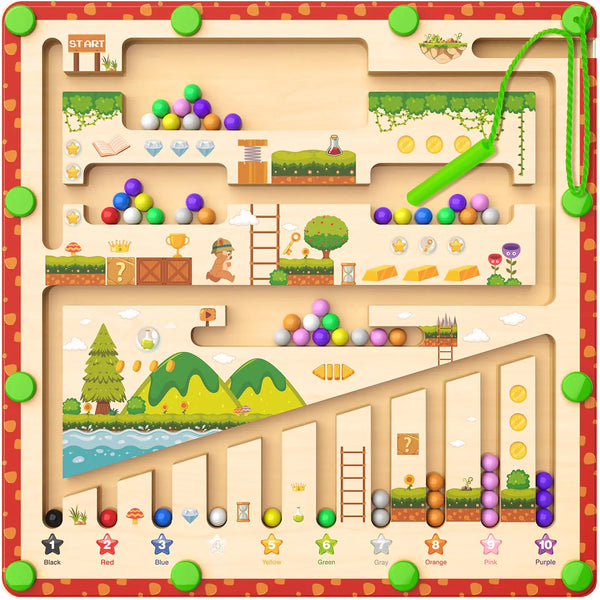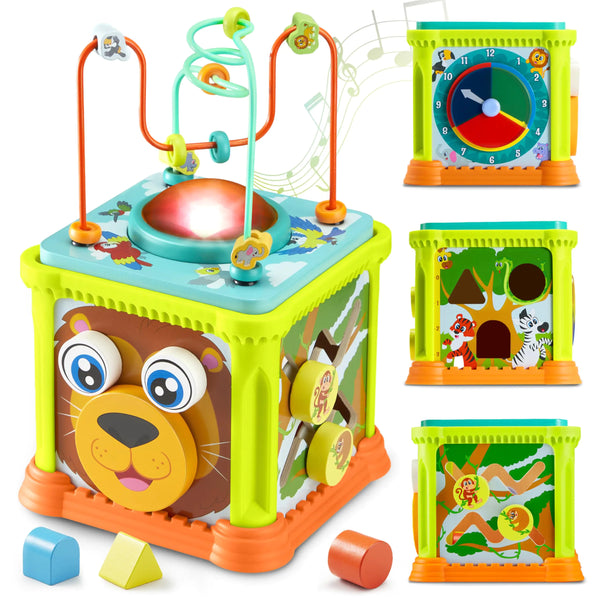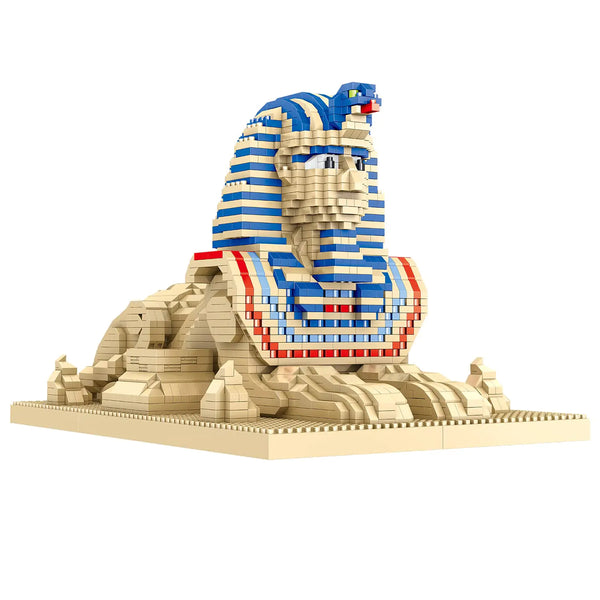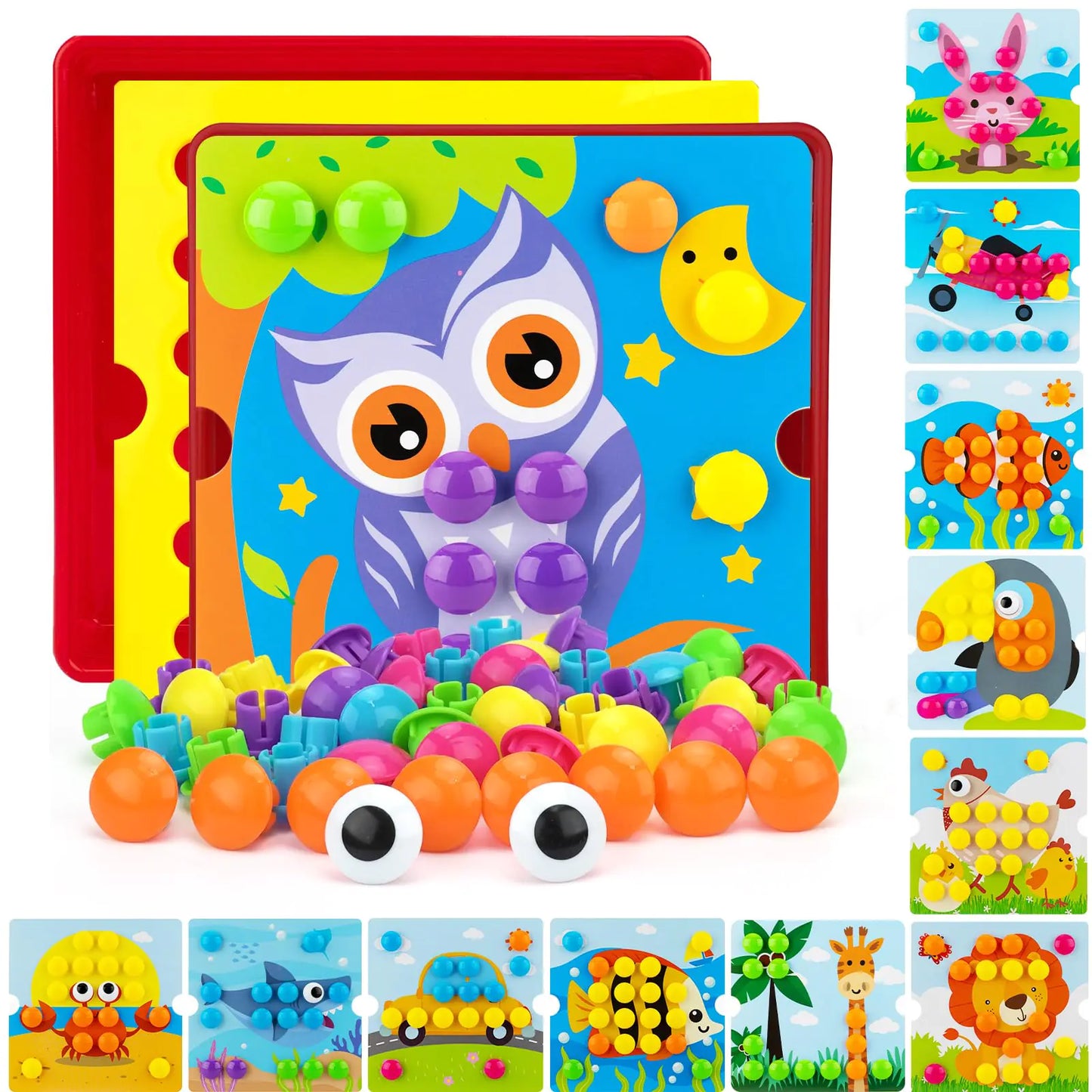As a parent, I've always been curious about how kids learn and grow. Montessori sensorial materials are a great way to help. They let kids learn by themselves, explore, and find new things.
This helps them get better at thinking, working with others, and feeling their emotions.
 makes playtime special. It helps kids become independent, focus better, and solve problems. This way of learning is fun and works well, letting kids learn at their own speed.
makes playtime special. It helps kids become independent, focus better, and solve problems. This way of learning is fun and works well, letting kids learn at their own speed.
Key Takeaways
- Montessori toys promote self-learning and exploration
- These toys help develop cognitive, social, and emotional skills
- Montessori education fosters independence and concentration
- Problem-solving skills are enhanced through play
- Children develop at their own pace with Montessori toys
The Foundations of Sensory Learning in Montessori Education
The Montessori way of teaching puts a big focus on sensory experiences. In Montessori schools, kids learn a lot by touching, seeing, and hearing. They get to explore and try new things.
Maria Montessori's Vision for Sensorial Development
Maria Montessori thought that kids need to develop their senses. She made Montessori toys to help kids learn and grow. These toys help kids get ready for school.
How Sensorial Materials Support Natural Development
Montessori schools use special materials to help kids grow. These materials help kids improve their senses and fine motor skills. Kids learn to notice and tell apart different things.
Understanding Montessori Sensorial Materials and Their Purpose
Montessori sensorial materials are very important in early learning. They help kids use their senses well. This is a big step towards learning more later on.
These materials make kids want to explore and find out new things. They help kids see, touch, and hear in new ways. This helps them learn and grow.
The Five Senses Approach to Learning
The Montessori way focuses on all five senses. Sensorial materials help kids learn one sense at a time. For example, Color Tablets help with seeing colors well.
Sound Cylinders help kids hear better. This way, kids learn to use their senses in a special way.
Isolation of Qualities in Sensorial Materials
Montessori materials are special because they focus on one thing at a time. This means each material is about one thing, like texture or color. Kids can learn more about the world this way.
| Sense | Montessori Material | Purpose |
|---|---|---|
| Visual | Color Tablets | Develop color recognition and grading |
| Auditory | Sound Cylinders | Enhance sound discrimination |
| Tactile | Touch Boards | Improve texture recognition |

Using these materials helps kids learn more about their world. It makes them smarter and ready for school.
Exploring Different Types of Montessori Sensorial Materials
Montessori sensorial materials help kids learn through touch. They are made to focus on one sense at a time. This makes learning fun and hands-on.
Visual Discrimination Materials
Visual materials like the Pink Tower and Color Tablets help kids see better. The Pink Tower has ten pink cubes of different sizes. Kids build a tower to learn about size and order.

Tactile Materials
Tactile materials, like Touch Boards and Fabric Boxes, improve touch. Kids feel different textures and weights. This sharpens their sense of touch.
Auditory Materials
Auditory materials, such as Sound Cylinders and Bells, boost hearing. Kids learn to tell sounds apart. This helps them understand music better.
Gustatory and Olfactory Materials
Gustatory and olfactory materials, like Taste and Smell Bottles, explore taste and smell. Kids learn to tell flavors and smells apart. This improves their sense of taste and smell.
Using these materials, kids get a rich sensory experience. It helps them grow and prepares them for school.
Key Benefits of Montessori Sensorial Toys for Child Development
Sensorial toys are key in the Montessori curriculum. They help a child's senses grow. This helps them do well in school and grow as a person.
Cognitive Development and Abstract Thinking
Montessori toys help with cognitive development. Kids learn by touching, seeing, and hearing different things. This helps them think in new ways.

Fine Motor Skills and Coordination Enhancement
Using Montessori toys, like the Pink Tower, boosts fine motor skills. Kids get better at using their hands. This is good for writing and using utensils.
Concentration, Order, and Independence
Montessori toys teach kids to focus and be organized. They learn to work alone. This helps them make choices and be independent.
Preparation for Academic Learning
Montessori toys prepare kids for school. They improve senses and thinking skills. This makes kids ready for math, science, and reading.
In short, Montessori toys are very helpful for kids. They help kids grow and get ready for school. Parents and teachers can use these toys to help kids succeed.
Creating a Sensorial-Rich Environment at Home
Creating a rich environment at home is key for your child's Montessori education. By using Montessori ideas and materials daily, you help them see and understand the world better.
Selecting Quality Montessori Materials
Choosing the right Montessori materials is very important. Montessori materials should be beautiful, strong, and fun. Maria Montessori said, "The environment must be prepared in such a way that the child can develop his personality freely."
Choose materials like wood, fabric, and metal. Stay away from plastic or cheap stuff. Good Montessori items include the Pink Tower, Color Tablets, and Sound Cylinders.
Setting Up Your Space for Sensorial Exploration
To make a rich environment, set up your space well. Montessori experts say, "Creating a Montessori-inspired environment involves organization, accessibility, and incorporating natural materials."
Start by organizing your stuff neatly. Use shelves and baskets to keep things tidy. Make sure the area is bright and has different textures, colors, and sounds to encourage exploration.
| Material | Purpose | Age Group |
|---|---|---|
| Pink Tower | Visual discrimination, fine motor skills | 2-4 years |
| Color Tablets | Color recognition, visual discrimination | 3-6 years |
| Sound Cylinders | Auditory discrimination | 3-6 years |
Presenting Materials: The Three-Period Lesson
The three-period lesson is a key Montessori method. It includes introducing the material, practicing with the child, and then having them show what they learned.
"The three-period lesson is a powerful tool for teaching new concepts and ensuring that the child has fully grasped the material."
This method helps your child understand and feel confident in learning. It makes learning fun and supportive.
Age-Appropriate Sensorial Activities from Toddler to Elementary
As kids grow, their learning needs change. Montessori activities are made for each age. They help kids learn in fun ways.

First Sensorial Experiences for Ages 2-3
Toddlers aged 2-3 start with simple fun. They play with texture balls and sound cylinders. They also use color tablets.
Core Sensorial Curriculum for Ages 3-6
Kids aged 3-6 do more complex activities. They use the pink tower and tactile boards. Montessori toys help them grow smart.
Advanced Applications and Extensions for Elementary Children
Elementary kids do harder activities. They learn to think deeply and solve problems. Montessori classroom materials help them learn more.
Conclusion: Embracing the Sensorial Journey in Your Child's Development
Using Montessori toys in playtime can change your child's world. It unlocks their curiosity and creativity. These toys help with sensory and child development.
Creating a rich sensory environment helps your child grow. Montessori materials focus on specific qualities. This lets kids develop their senses and understand the world.
Being a parent on this journey is rewarding. Choosing the right toys and materials can spark a love for learning. It helps your child reach their highest goals.
FAQ
What are Montessori sensorial toys, and how do they support child development?
Montessori sensorial toys help kids learn by using their senses. They make kids better at noticing things like texture and color. This helps kids grow naturally.
What is the significance of the five senses approach to learning in Montessori education?
The five senses method is key in Montessori. It lets kids learn by touching, seeing, hearing, tasting, and smelling. This helps kids understand the world better and gets them ready for school.
How do Montessori sensorial materials promote cognitive development in children?
These materials help kids think better and solve problems. They improve hand-eye coordination and fine motor skills. This prepares kids for learning more complex things later on.
What are some examples of Montessori sensorial materials, and how are they used?
Examples include the Pink Tower and Color Tablets. Kids use these to learn about different textures and colors. Teachers show them how to use these materials, then let kids practice on their own.
How can I create a sensorial-rich environment at home for my child?
Choose good Montessori materials and make a special area for exploring. Use the three-period lesson to teach your child. You can also use everyday things like nature walks and cooking to make learning fun.
What are some age-appropriate sensorial activities for toddlers and elementary children?
Toddlers can play with textures and colors. Older kids can do more like sorting and observing. Pick activities that fit your child's age and what they can do.
How do Montessori sensorial toys contribute to a child's overall development?
These toys help kids think better, move their hands well, and focus. They also get kids ready for school. This helps kids do well in school and love learning for life.

